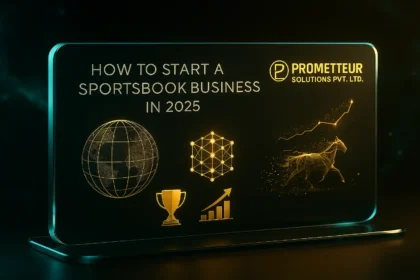Blogs
8 Best Python Test Automation Frameworks
Python testing tools and frameworks provide help for test cases by building the scripts for testing, including methodology, and enabling…
CRM Testing: Goals, What and How to Test?
Welcome to our blog post on CRM testing As the world moves towards the expansion of business and trade. The…
Embedded Software Testing Using C: Here are the Basics
Welcome to our blog post on embedded software testing with C. Embedded software testing is an important part of the…
How to Choose the Best Android App Development Company for Business Growth
There is no doubt that Android is one of the leading centers…
IoT Firmware Development: Firmware Best Practices and Avoiding Pitfalls
If you are looking for the best blog post on IOT firmware…
How to Start a Sportsbook Business in 2025: A Complete Beginner’s Guide
Understanding the Sportsbook Business Landscape in 2025 The global sports betting market…
OFFSHORE MOBILE APP DEVELOPMENT COMPANY OR PARTNER
Do you know how to offshore mobile app development? Would you like…
iGaming trends In 2025
The Evolving Landscape of iGaming: Trends and Strategic Opportunities for 2025 and…
Complete Guide to Turnkey Sportsbook Solutions
Are you looking to launch a betting app, enhance an existing one,…
Mastering Bankroll Management for Successful Sports Betting
In the electrifying world of sports betting, the real thrill isn't just…
How to Start a Successful Online Casino Business in 2025?
Tech is advancing - beyond boundaries and in every aspect of our…
Custom Online Casino Development
Join us, as we embark on a comprehensive journey into the world…
Advanced Features of Modern Betting Apps
Hi! Do you want to learn or get some useful insights about…
Essential Features of Online Casino Software
Online casino plays important roles in driving the business of online casino…
Starting an Online Casino –Everything You Need to Know
Starting an online casino business is not as easy as ABC. It…
How to Create a Sports Betting Website from Start to Finish
Are you thinking of how to create a sports betting website for…
White Label Casino Solutions | Turnkey iGaming Platforms
White-label casino solutions offer amazing opportunities and benefits to entrepreneurs who want…



